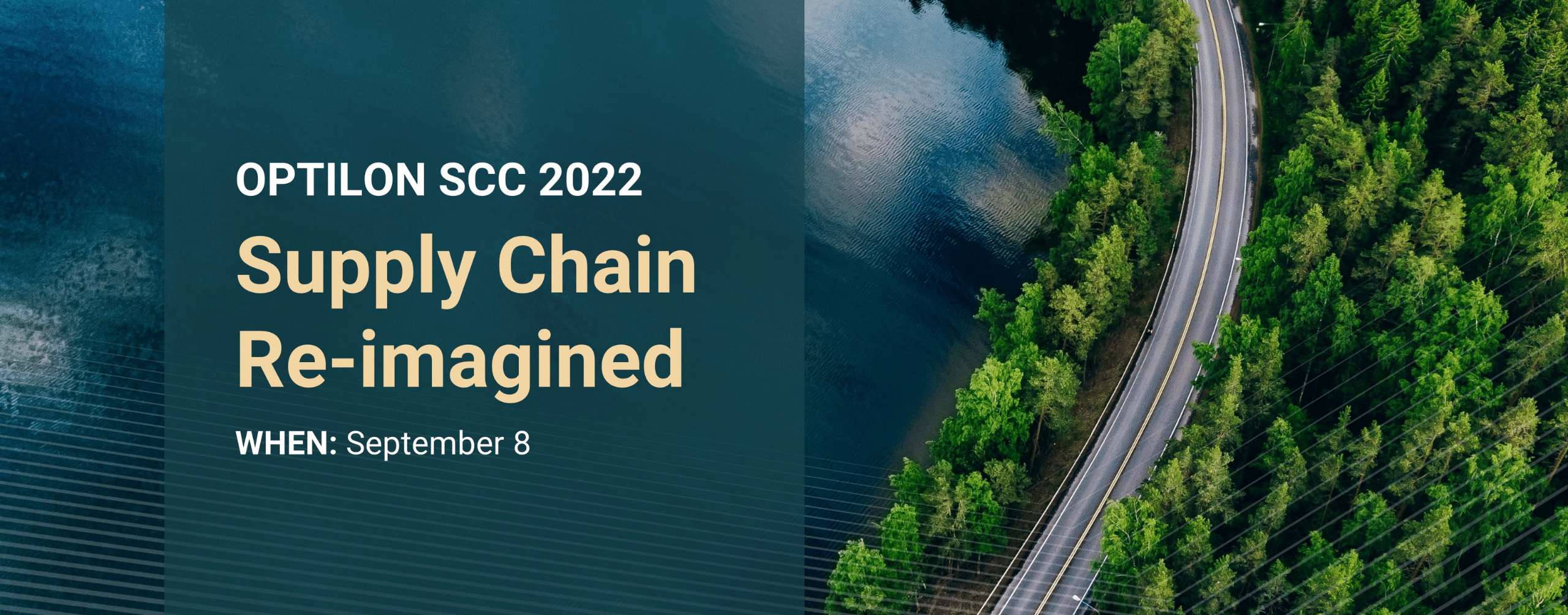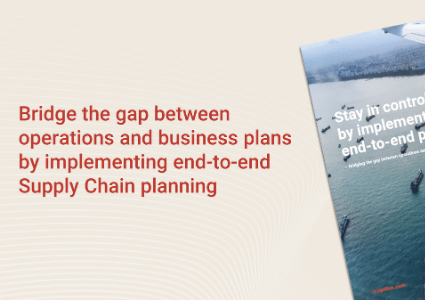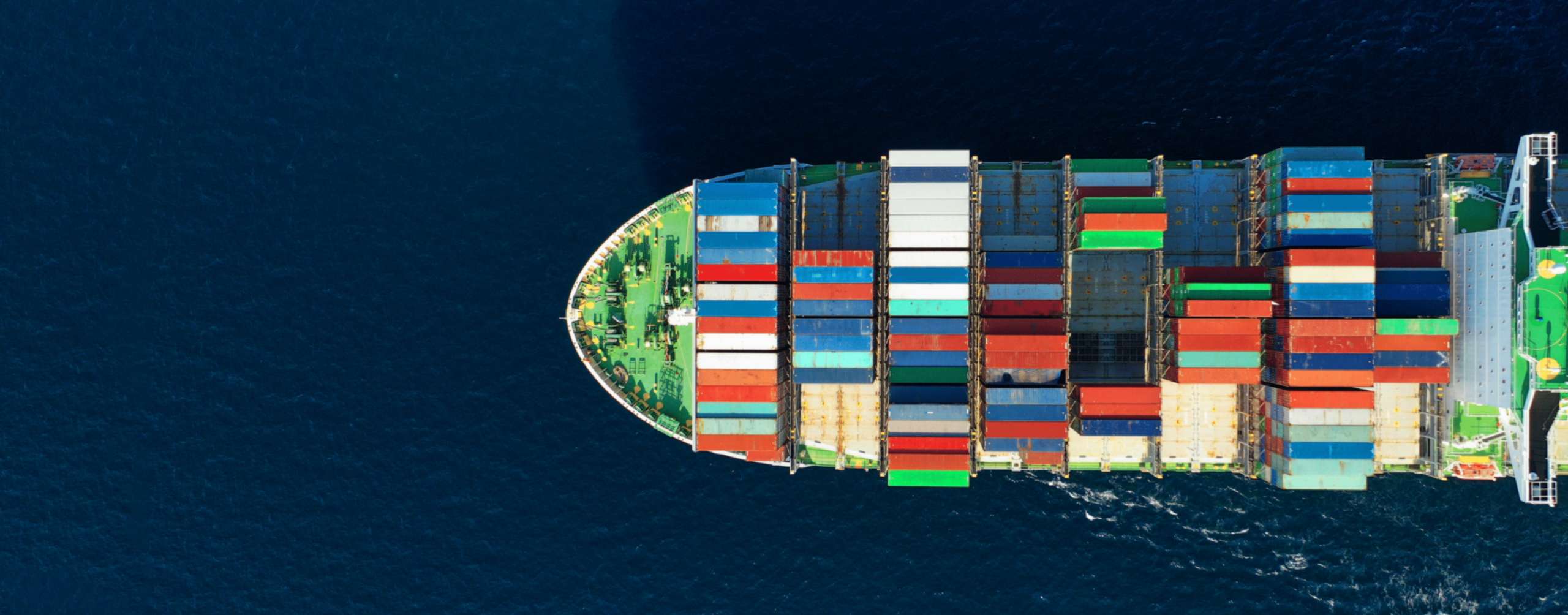Stay in control with an end-to-end approach to Supply Chain planning
Stay in control and optimize your business with an end-to-end approach to Supply Chain planning. Think of your approach to planning as a “cockpit”.
Ever wondered what pilots are doing in the cockpit of the airplane? Before pilots take off, they plan their journey and account for the different variables that could affect the planned trip.
They have planned and practiced for different scenarios that could take place and what actions they require. Visibility, decision-making, and actions based on the latest information from various sources are how the pilots stay in control.
By replacing the airplane with a business, the planning of a journey with a business plan, and the physical journey with a physical flow of products, one suddenly realizes that the company should have access to this kind of “cockpit technology” to stay in control.
If, then they will be able to:
- Predict more behaviors, reduce inventory levels, raise delivery performance, and reduce resources used to do operations.
- Transform the business strategy into execution with a known effect on customer service levels and overall business KPIs.
- Improve the accessibility, speed, and quality of information flowing through the business, enabling visibility, decision-making, and action based on the correct assumptions.
- Identify potential problems in the physical flows of products and improve communication and information visibility across the company and functions.
- Enable re-design and implementation of Supply Chains that can be configured and reconfigured quickly in response to changes in the surrounding environment.
- Design the right set-up for the Supply Chain, which again helps cope with future volatility and minimizes resource waste.
We work with areas such as:
Demand Forecasting
Automatic Replenishment & Allocation
Inventory Planning & Optimization
Sales and Operations Planning (S&OP)
Production Planning & scheduling
With the right platform, you can swiftly respond to market changes. You can make smarter, data-informed decisions which again can help you deliver the service your customers and the market, in general, are expecting from you.
Automating your processes and freeing up time means reducing expediting and operating costs. You can replace excess inventory with data to drive better performance with data-driven inventory decisions.
Automating non-value-adding manual tasks with technology for Supply Chain Planning is more efficient, accurate, and cost-effective than manual labor.
Latest resources
Discover resources from Optilon and how you can utilize them in your business. We are here to help you optimize your processes.
































